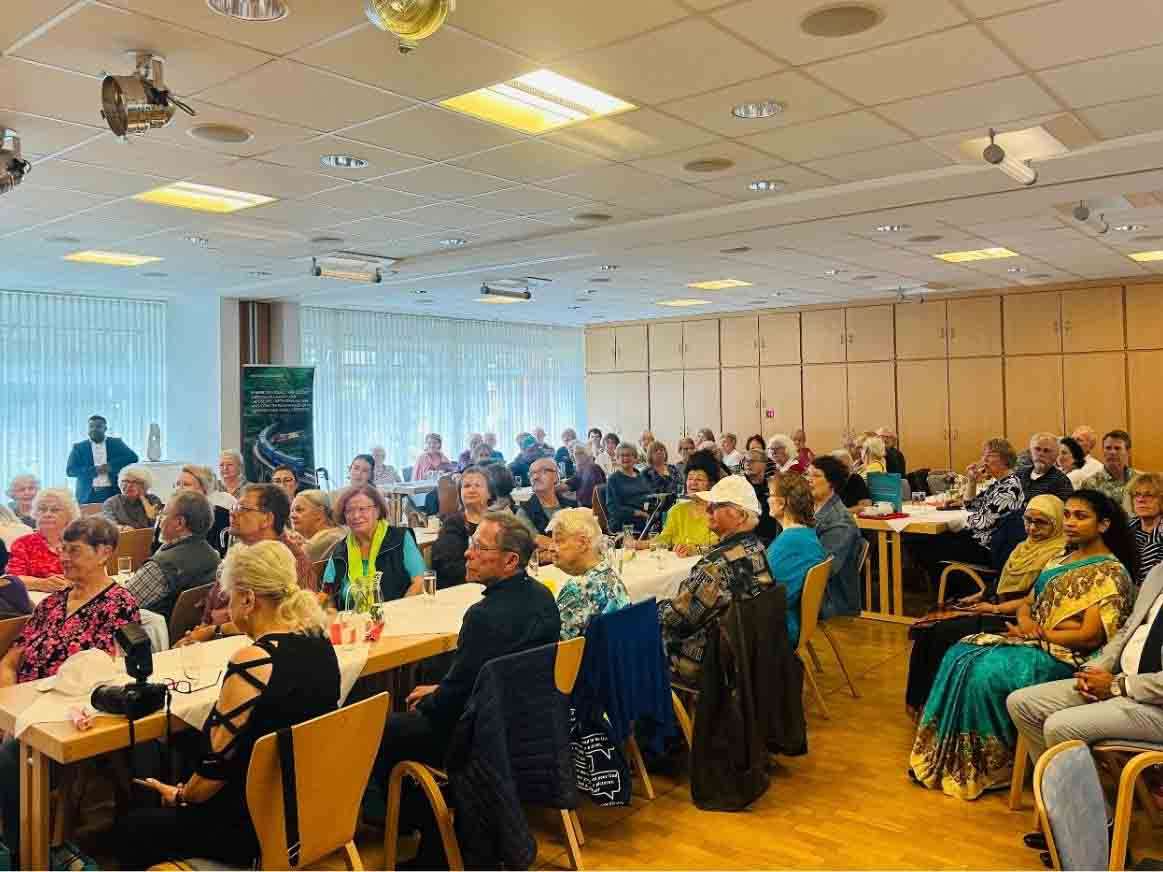What began as a childhood exercise is now an instinctive extension of her adult life and her notebook accompanies her wherever she travels, accumulating vignettes and anecdotes – “It’s like taking photographs but it’s in words,” she explains.
In Galle for the Fairway Galle Literary Festival, Indian writer Anuradha Roy’s third novel, ‘Sleeping on Jupiter’ has ended 2015 on a positive note.
The book was longlisted for the Man Booker Prize 2015, the Hindu Prize for Best Fiction as well as the DSC South Asia Prize 2016 and also made its way to several year-end book lists.
“It’s a bit like a wildcard player in the Wimbledon reaching a quarter-final with one of their idols – this being in a longlist with writers like Marilynne Robinson and Anne Enright,” exclaimedAnuradha, describing her initial response to the Man Booker shortlist in a previous interview.
‘Sleeping on Jupiter’ opens with a brief veneer of calm which is rapidly ruptured by violence – seven-year-old Nomita witnesses her father being murdered by armed men and is separated from her mother and brother in the span of the first few opening pages.
After being adopted abroad and having built a life in Norway, Nomita Frederiksen – now 25 – returns to the temple town of Jarmuli.
The novel threads the lives of numerous characters with descriptive prose, dealing with love, violence and religion all the while unpeeling the layers of duplicity embedded within society.
At a time when most people flock into cities, Anuradha and her husband prefer the solace of the hill country. Dividing their time between the best of both worlds, she spends most of her days in Ranikhet, a tranquil hill station in Uttarakhand, India.
The town’s tourism sales pitch is often its quietude and beautiful views of the Himalayan range. Having spent portions of her childhood travelling, walking around and living in tents (her father was a geologist), living in the hills was an easy choice.
You can share this post!
Content

A Thai woman walking topless in Arugam Bay town has been arrested by the Police.

The UK government has unveiled a package of reforms to simplify imports from developing countries which allows for more garments manufactured in Sri Lanka to enter the UK tariff-free.

The Cabinet has approved a proposal for Sri Lankans overseas to apply for their passports through an online system via the Lankan diplomatic missions.

Villagers in Nirmalapura, Daluwa, Norochcholai today staged a protest over an incident where a group of Navy officials and sailors had assaulted a resident in the area over night, Police said.






Leave Comments